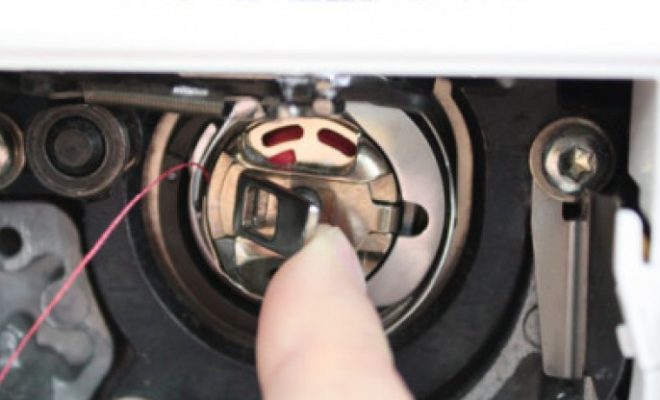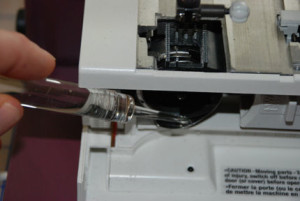
Embroidery
5 Tips On Maintaining An Embroidery Machine In The Best Condition
While buying the best embroidery machine is the first step in enjoying high value for money, the quality of service and lifespan are dependent on how you will care and maintain it. Embroidery machines are in many aspects similar to sewing machines. The first thing is getting an inventory of the machine’s condition. Check out whether the machine is dirty? Look out for lint clumps along the needle bar and check the underside. Here are additional tips for keeping the machine in top condition.
1. Look and clear lint that builds up on the needle bar
Lint gets off from threads and easily builds on the thread path that is closed by outer covers of the machine. Then, it can be dragged to other parts of the machine especially tension discs. If a lot of lint has accumulated and coated the tension disc, the machine will not clamp well, and embroidery stitches will be very poor. Carefully check this lint by taking the needle as well as the foot of the embroidery off before cleaning the entire bar using a small brush. Be extra careful to avoid bending or breaking the needle threads.
2. Regularly check and clean the front-loading bobbin
Checking and cleaning font-loading bobbin is crucial for ensuring that the thread sensor works effectively. If the bobbin thread runs out and the sensor fails to work and, the machine continues running, you risk getting a jam, breaking the needle, or finishing that color. This can ruin your project or damage the machine completely.
To clean this section, remove the entire bobbin case and dismember the needle plate. Though some machines are sold with a tool to remove the needle plate, you can just slide it off or use a sharp screwdriver to pop it up. Clear all the dust and lint by blowing it off completely using canned air taking care not to force it deeper into the machine.
3. For those who use a lot of adhesives, shine the eye of the sensor regularly
For those who use spray adhesives to help align fabric in the loop, the needle can carry some stickiness to the bobbin case. This causes stickiness, accumulates residue and compromise the effectiveness of the sensor. To clear this, moisten a soft piece of cotton cloth and rub the dirt away. Carefully shine the eye of the sensor so that it can effectively sense the thread for highly effective results.

Once all the dirt has been cleared, make sure to add a little out, a drop or two, on the outer edge lining of the line holding the case. Turn the when severally for even distribution of the oil. Make sure to add oil to the outer edge of the ring about once every month.
4. Check out for holes or burr and smooth them out
When a machine jams or breaks the needle, chances are that very little space will be left for embroidery needle to play up and down. If it strikes the plastic, a burr or hole can be created and results in breaking or weakening of the thread.
To address this, make sure to select the right needle size, and change it as frequently as required. Depending on how extensive the burr is, consider using smooth grit to buff it out. Remember that this can also happen to the needle plate and the same procedure to address it should be applied.
5. Never ignore funny noises coming from the machine
When the machine starts making funny noises, the chances are that the needle has hit a metallic piece like a pin, or the needle plate has jammed. Check out every part of the machine especially the moving ones to ensure that the needle is not bent or broken and moving parts are not suffering excess friction.
Besides, make sure to follow the recommended major maintenance routines recommended by the manufacturer.
Conclusion
Caring and maintaining the best embroidery machine is crucial because it helps every part to operate effectively, deliver better results, and extend the lifespan of the machine. Make sure that these maintenance tips are followed carefully preferably on a weekly basis or when the machine develops minor issues.









0 comments